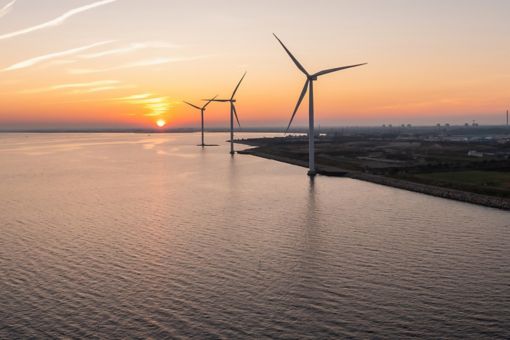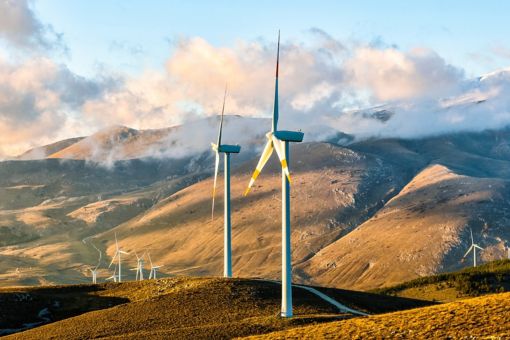We live in a world where achieving net zero emissions is one of the most important social, political and economic goals for nations and businesses.
KPMG's publication, Taxation of Wind Power, provides an overview of the taxation in 40 countries at the forefront of wind power investment and use. All major wind power producers are included, as well as a few countries that have the potential to become large producers through investments in areas such as offshore wind.
Wind power production is a fast-growing business both onshore and offshore. It is expected that production will continue to grow in the future, and increase its share of the global energy mix, as countries all over the world seek to reduce emissions from fossil energy production.
This report presents a brief country overview of taxation for both onshore and offshore wind power production.
In most countries, wind power production is subject to ordinary Corporate Income Tax (CIT) varying from 12.5% (Ireland) to 40% (India). Most countries levy CIT on wind power production between 20% - 25%1.
Companies that utilize a windfarm in Belgium are subject to the normal Belgian CIT regime. The taxable amount includes the operating income from the windfarm, and less permitted tax deductions such as tax depreciation.
For Belgian tax purposes, offshore windfarms located outside of the 12 nautical miles zone are considered to be located within Belgian territory, as these locations are within the exclusive economic zone. This implies that both development work, and any other work performed on windfarms located in the exclusive economic zone, though outside of the 12 nautical miles, are subject to Belgian CIT and other Belgian taxes such as VAT.
Download the full report above to learn more about Taxation of Wind Power in Belgium.
Contact our Energy and Tax experts
Connect with us
- Find office locations kpmg.findOfficeLocations
- kpmg.emailUs
- Social media @ KPMG kpmg.socialMedia





